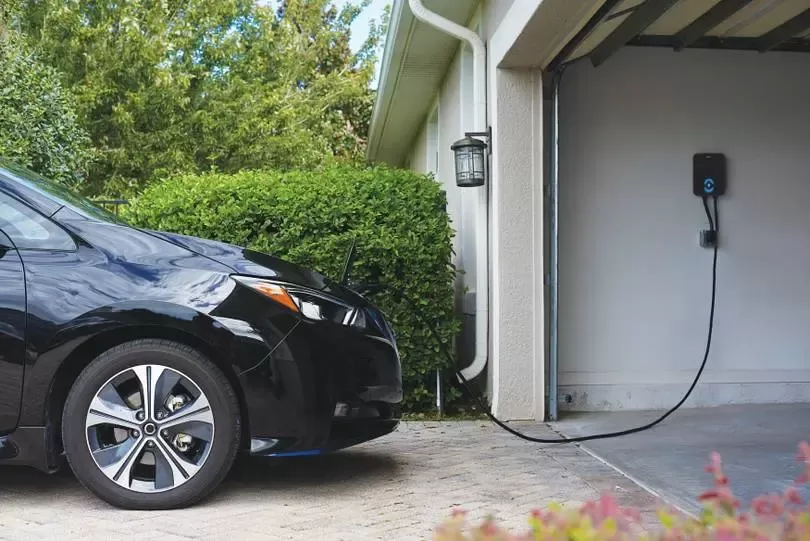Notifications

4 minutes, 36 seconds
-34 Views 0 Comments 0 Likes 0 Reviews

The rapid growth of electric vehicles (EVs) has indeed transformed the automotive and energy sectors, leading to the rise of new roles like Charge Point Operators (CPOs) and Electro Mobility Service Providers (EMSPs). These entities are crucial in ensuring the accessibility, reliability, and efficiency of the EV charging network.As a professional EV chargers manufacturer in China, Topper Company delivers dependable electric vehicle charging station equipment and comprehensive solutions.
Here's a breakdown of the two:
A CPO focuses on the physical infrastructure of the EV charging network. Their responsibilities include:
Site selection and installation: Identifying and setting up charging stations in key locations.
Maintenance and operation: Ensuring that charging stations are operational, performing routine maintenance, and troubleshooting issues to keep the stations running smoothly.
Energy management: Monitoring energy consumption at the charging points and potentially integrating renewable energy sources.
Network integration: Connecting the charging stations to a larger charging network and coordinating operations.
In short, CPOs are responsible for the hardware and infrastructure that make charging stations possible.
An EMSP, on the other hand, focuses on the software and services that make using EV chargers convenient for drivers. Their key functions include:
User interface: Providing apps, websites, or platforms that help users locate charging stations, check availability, and access information about stations.
Charging session management: Enabling users to initiate and manage their charging sessions, often through reservations and real-time availability data.
Payment processing: Handling payments for charging sessions, including integrating various payment methods like credit cards, mobile wallets, or subscription models.
Customer support: Assisting drivers with any issues or questions related to charging.
The EMSP's role is to facilitate a seamless user experience for EV drivers, from finding a station to paying for the service.
Scope of Operations:
CPOs manage the physical charging infrastructure.
EMSPs focus on providing digital platforms and services for users.
Focus Area:
CPOs focus on hardware and network operations.
EMSPs focus on software and user experience.
User Interaction:
CPOs interact indirectly with users, primarily when there are operational issues with the stations.
EMSPs have a direct relationship with users, providing tools for charging management, real-time data, and payment solutions.
Services:
CPOs provide services like site management, hardware installation, and energy monitoring.
EMSPs offer digital services like charging session management, payment processing, and customer support.
Yes, a CPO can also function as an EMSP, and this is becoming increasingly common. By taking on both roles, a company can offer a fully integrated service, where they manage both the physical infrastructure (charging stations) and the digital interface (apps or platforms for user interaction). This helps provide a more streamlined experience for EV drivers and fleet operators, from finding a charging station to paying for the service.
The relationship between CPOs and EMSPs is complementary, with CPOs focusing on the physical infrastructure and EMSPs enhancing the user experience through digital services. As the EV market continues to grow, these roles may evolve and increasingly overlap, leading to integrated solutions that streamline the entire charging experience for users.
For businesses and stakeholders in the eMobility ecosystem, understanding the distinctions between CPOs and EMSPs is key to navigating the evolving industry and making informed decisions.Know more about Google SEO Directory
China EV Chargers EV Charger Manufacturer EV Charging Solutions

